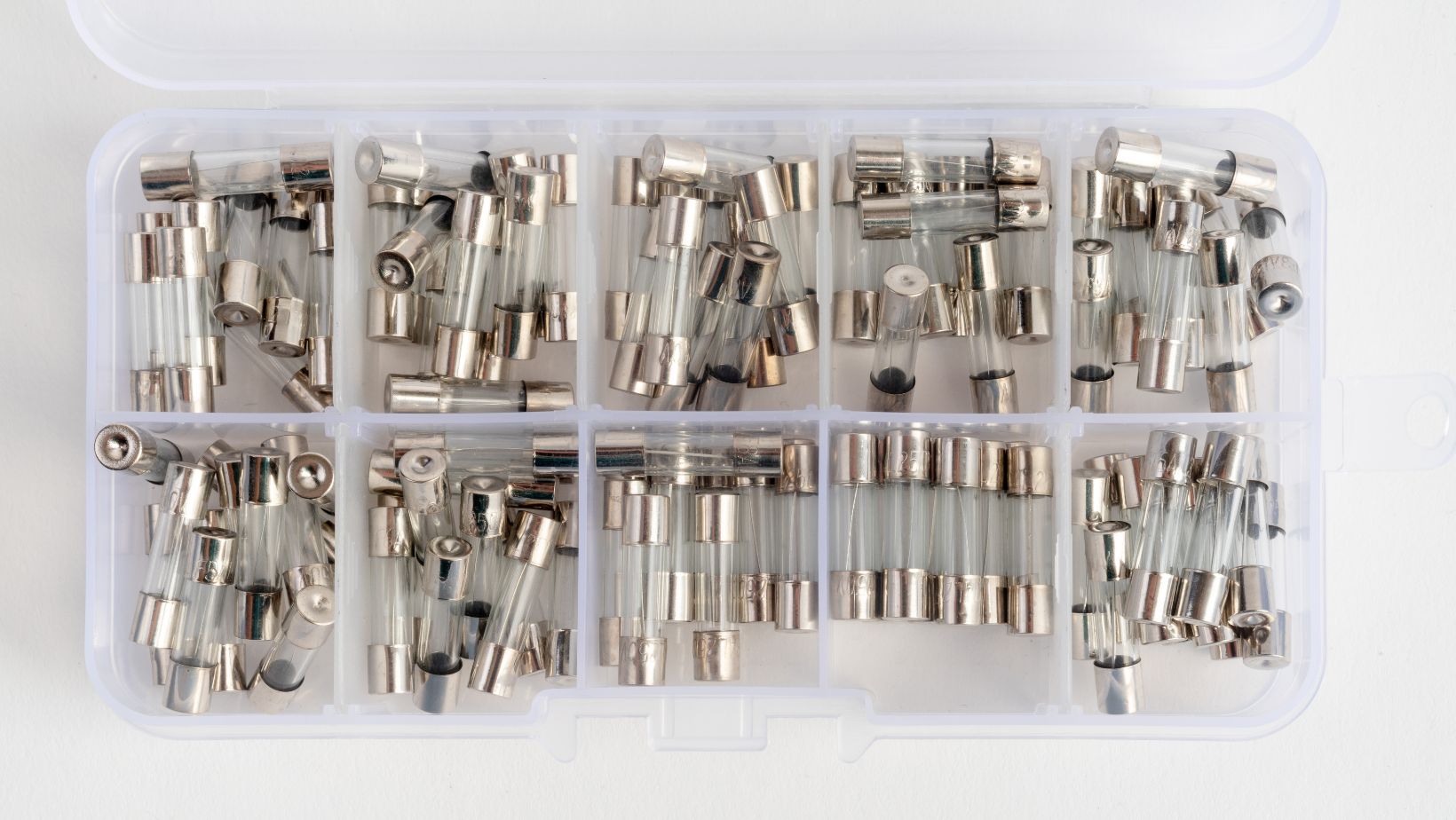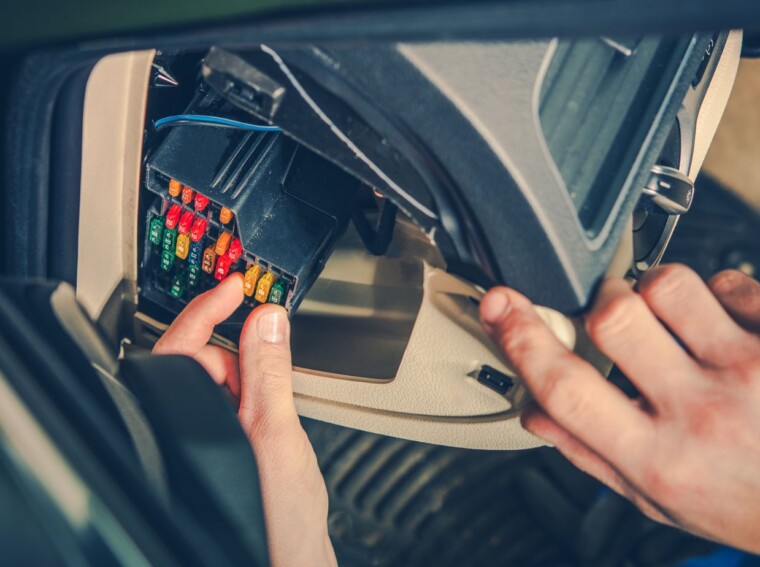When it comes to electrical systems, safety is always a top priority. That’s why inline cartridge fuses are a crucial component in many applications. As an expert in the field, I’ve witnessed firsthand the importance of these fuses in protecting electrical circuits from overloads and short circuits. In this article, I’ll delve into the ins and outs of inline cartridge fuses, explaining how they work, their advantages, and the various industries that rely on them.
One of the key advantages of inline cartridge fuses is their ability to handle high currents. These fuses are designed to withstand a wide range of current ratings, making them suitable for both low and high-power applications. Additionally, inline cartridge fuses have a fast response time, ensuring that they quickly interrupt the circuit in case of a fault. This not only protects the electrical equipment but also minimizes downtime and potential losses. Whether it’s in automotive vehicles, power distribution systems, or electronic devices, inline cartridge fuses play a vital role in maintaining the integrity and safety of electrical systems.
Inline Cartridge Fuses Are Used
Inline cartridge fuses are essential components used in various industries to protect electrical systems against overloads and short circuits. But how exactly do they work? Let me break it down for you:
- Fuse Element: At the core of an inline cartridge fuse is the fuse element. This element is typically made of a thin strip or wire of metal that is designed to melt and break the circuit when exposed to excessive current. This melting action is what helps to protect the electrical system from damage.
- Cylindrical Body: The fuse element is housed within a cylindrical body, which is often made of ceramic or glass. This body provides insulation and protection for the fuse element, ensuring that it functions properly under normal operating conditions.
- Current Flow: When the electrical system is operating normally, the current flows through the fuse element without any issues. However, if there is a sudden surge in current due to an overload or a short circuit, the fuse element heats up rapidly.
- Melting Action: As the current exceeds the rated capacity of the fuse element, it heats up to a point where it reaches its melting point. Once the fuse element melts, it breaks the circuit, interrupting the flow of current and preventing further damage to the electrical system.
- Fast Response Time: One of the major advantages of inline cartridge fuses is their fast response time. Since the fuse element is designed to melt quickly, it provides rapid protection against overloads and short circuits. This helps to minimize downtime and potential losses in industries where time is of the essence.
Inline cartridge fuses are crucial for maintaining the integrity and safety of electrical systems in automotive, industrial manufacturing, and power distribution applications. Their compact size, easy installation, and ability to handle high currents make them a popular choice across various industries.
 Important Considerations When Using Inline Cartridge Fuses
Important Considerations When Using Inline Cartridge Fuses
When it comes to using inline cartridge fuses, there are a few important considerations that should be kept in mind. These considerations ensure the proper installation and functioning of the fuses, as well as the overall safety of the electrical system. Here are some key points to consider:
- Proper Sizing: It is crucial to select the correct size of inline cartridge fuse for the specific electrical application. Using an undersized fuse can result in frequent fuse blowouts, while an oversized fuse may not provide adequate protection. Refer to the equipment manufacturer’s specifications or consult with an electrician to determine the appropriate fuse size.
- Voltage Rating: Inline cartridge fuses come in different voltage ratings, and it is essential to choose a fuse that matches the system voltage. Using a fuse with a lower voltage rating can lead to premature failure and compromise the safety of the electrical system.
- Fuse Type: Consider the specific application and select the appropriate fuse type. There are different types of inline cartridge fuses, such as fast-acting and time-delay fuses. Fast-acting fuses provide quick response to overloads and short circuits, while time-delay fuses are designed to withstand temporary overloads without blowing. Choose the fuse type that best suits the requirements of the electrical system.
- Installation: Proper installation is crucial for the effective operation of inline cartridge fuses. Ensure that the fuses are securely mounted in their holders and that all connections are tight and free from corrosion. Additionally, follow the manufacturer’s guidelines for installation and make sure to use the correct tools and techniques.
- Regular Inspection: Regular inspection of inline cartridge fuses is essential to identify any signs of damage or wear. Check for cracks, discoloration, or blown fuses, and replace them if necessary. Regular inspection helps maintain the integrity of the electrical system and prevents potential hazards.
By considering these important factors, you can ensure the proper functioning and safety of your electrical system when using inline cartridge fuses. Remember to always consult with professionals and adhere to manufacturer’s guidelines for optimal results.

